
Top 10 Creepy Aspects of Victorian Life
Real life of Victorian Times!
By: Jamie Frater | ListVerse
My birthday is on Monday so today I am in a mood of recollecting that life is short and we should live it to the full. In honour of the “life is short” bit, I have come up with a slightly depressing list (don’t worry – I will post a happier one tomorrow). The Victorians were a special breed and this list looks at 10 aspects of life from the Victorian Era that are creepy. Note that the focus is entirely on Victorian England. Be sure to post any we have missed in the comments.
#10 Vignettes
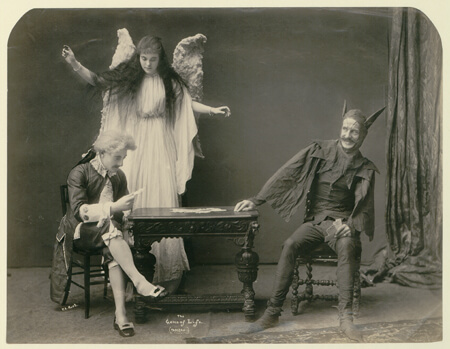
The Victorian upper class (and later middle class) had no televisions to entertain them, so they entertained themselves. One of the popular forms of entertainment was for friends and family to dress up in outrageous costumes and pose for each other. This sounds innocent – but just think: can you imagine your grandmother dressing up as a Greek wood nymph posing on a table in the living room while everyone applauds? No. You can’t. The idea is, in fact, creepy. But for the Victorians, this was perfectly normal and fun.
#9 Poorhouses
Poorhouses were government-run facilities where the poor, infirm, or mentally ill could live. They were usually filthy and full to the brim of societies unwanted people. At the time, poverty was seen as dishonourable as it came from a lack of the moral virtue of industriousness. Many of the people who lived in the poorhouses were required to work to contribute to the cost of their board and it was not uncommon for whole families to live together with other families in the communal environment. In the Victorian era life didn’t get much worse than that of a poorhouse resident.
#8 Pea-Soupers
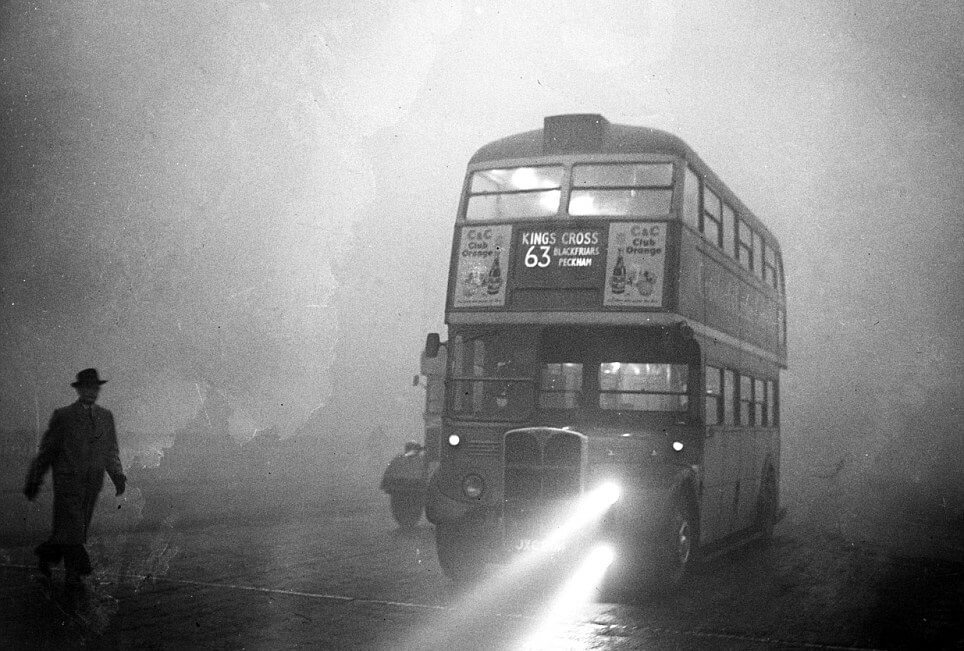
London during the Victorian era was famed for its pea-soupers — fogs so thick you could barely see through them. The pea-soupers were caused by a combination of fogs from the River Thames and smoke from the coal fires that were an essential part of Victorian life. Interestingly London had suffered from these pea-soupers for centuries – in 1306, King Edward I banned coal fires because of the smog. In 1952, 12 thousand Londoners died due to the smog causing the government to pass the Clean Air Act which created smog free zones. The Victorian atmosphere (in literature and modern film) is greatly enhanced by the thick smog due and this creepy environment made possible the acts of people like Jack the Ripper.
#7 Food
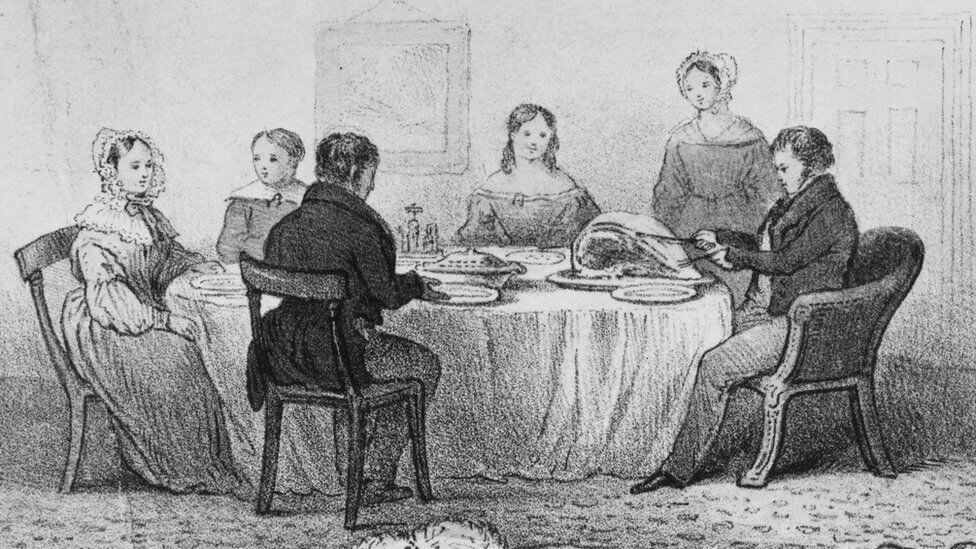
English food can be creepy at the best of times, but especially so in the Victorian era (disclaimer: England currently produces some of the finest food in the world). The Victorians loved offal and ate virtually every part of an animal. This is not entirely creepy if you are a food fanatic (like me) but for the average person, the idea of supping on a bowl of brains and heart is not appealing. Another famous dish from the Victorian era was turtle soup. The turtle was prized above all for its green jello-like fat which was used to flavour the soup made from the long-boiled stringy flesh of the animal. Due to dwindling numbers, turtles are seldom eaten nowadays, though it is possible to purchase them in some states of America where they are plentiful.
#6 Surgery
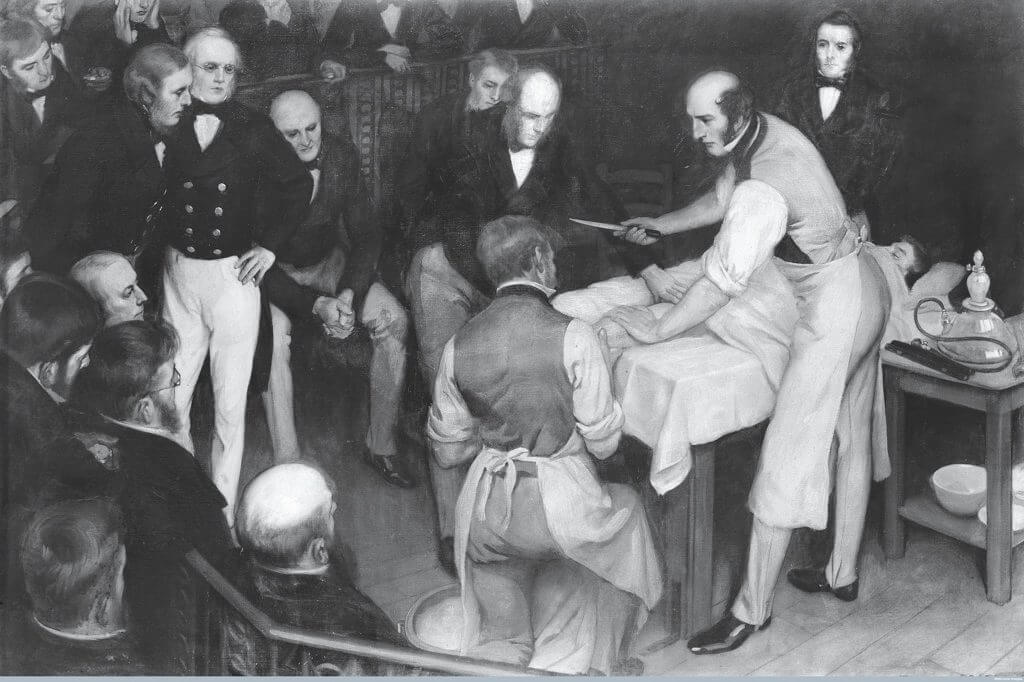
In a time when one in four surgery patients died after surgery, you were very lucky in Victorian times to have a good doctor with a clean theatre. There was no anaesthesia, no painkillers for after, and no electric equipment to reduce the duration of an operation. Victorian surgery wasn’t just creepy, it was outright horrific. Here is a description of one surgery:
The assembled crowd of anxious medical students dutifully check their pocket watches, as two of Liston’s surgical assistants – ‘dressers’ as they are called – take firm hold of the struggling patient’s shoulders.
The fully conscious man, already racked with pain from the badly broken leg he suffered by falling between a train and the platform at nearby King’s Cross, looks in total horror at the collection of knives, saws and needles that lie alongside him.
Liston clamps his left hand across the patient’s thigh, picks up his favourite knife and in one rapid movement makes his incision. A dresser immediately tightens a tourniquet to stem the blood. As the patient screams with pain, Liston puts the knife away and grabs the saw.
With an assistant exposing the bone, Liston begins to cut. Suddenly, the nervous student who has been volunteered to steady the injured leg realises he is supporting its full weight. With a shudder he drops the severed limb into a waiting box of sawdust. [Source]
#5 Gothic Novel
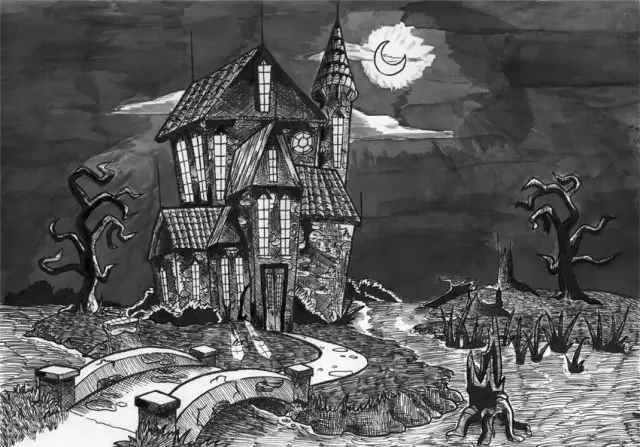
How could the gothic novel (a genre of literature that combines elements of both horror and romance) not be included on a list like this? It was the Victorian period that gave us such great works of terror as Dracula, and the Strange Case of Dr Jekyll and Mr Hyde. Even the Americans got in on the act with Edgar Allen Poe producing some of the greatest gothic literature of the time. The Victorians knew how to frighten people and they knew how to do it in grand style. These works still form the basis of much modern horror and their power to thrill has not dwindled in the least.
#4 Jack The Ripper
In the late Victorian era, London was terrorized by the monster known as Jack the Ripper. Using the pea-soupers as a cover, the Ripper ultimately slaughtered five or more prostitutes working in the East End. Newspapers, whose circulation had been growing during this era, bestowed widespread and enduring notoriety on the killer because of the savagery of the attacks and the failure of the police to capture the murderer. Because the killer’s identity has never been confirmed, the legends surrounding the murders have become a combination of genuine historical research, folklore, and pseudohistory. Many authors, historians, and amateur detectives have proposed theories about the identity of the killer and his victims. You can read a list of the most fascinating Jack the Ripper suspects on our Top 10 Interesting Jack The Ripper Suspects.
#3 Freak Shows
A freak show is an exhibition of rarities, “freaks of nature” — such as unusually tall or short humans, and people with both male and female secondary sexual characteristics or other extraordinary diseases and conditions — and performances that are expected to be shocking to the viewers. Probably the most famous member of a freak show is the Elephant Man (pictured above). Joseph Carey Merrick (5 August 1862 – 11 April 1890) was an Englishman who became known as “The Elephant Man” because of his physical appearance caused by a congenital disorder. His left side was overgrown and distorted causing him to wear a mask for most of his life. There can be no doubt that the Victorian freak shows were one of the creepiest aspects of society at the time.
#2 Memento Mori
Memento mori is a Latin phrase meaning “Remember you shall die”. In the Victorian era, photography was young and extremely costly. When a loved one died, their relatives would sometimes have a photograph taken of the corpse in a pose – oftentimes with other members of the family. For the vast majority of Victorians, this was the only time they would be photographed. In these post-mortem photographs, the effect of life was sometimes enhanced by either propping the subject’s eyes open or painting pupils onto the photographic print, and many early images have a rosy tint added to the cheeks of the corpse. Adults were more commonly posed in chairs or even braced on specially-designed frames. Flowers were also a common prop in post-mortem photography of all types. In the photo above, the fact that the girl is dead is made slightly more obvious (and creepy) by the fact that the slight movement of her parents causes them to be slightly blurred due to the long exposure time, while the girl is deathly still and, thus, perfectly in focus.
#1 Queen Victoria
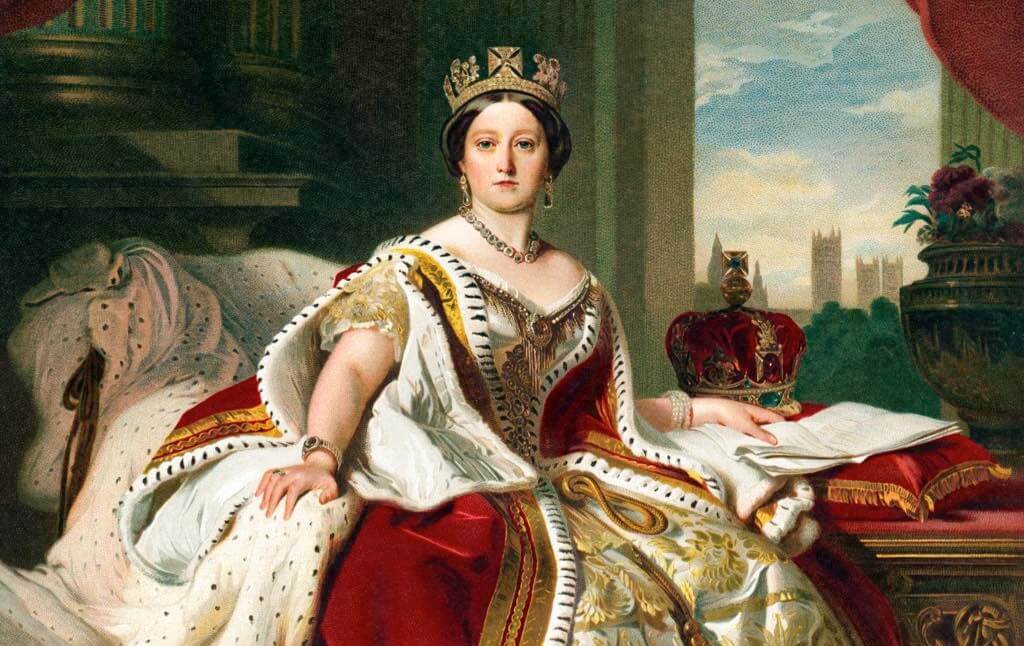
Queen Victoria has to have position number one on this list because the era is named for her and, frankly, she was bloody creepy. When her husband Albert died in 1861, she went into mourning – donning black frocks until her own death many years later – and expected her nation to do so too. She avoided public appearances and rarely set foot in London in the following years. Her seclusion earned her the name “Widow of Windsor.” Her sombre reign cast a dark pall across Britain and her influence was so great that the entire period was fraught with creepiness. Ironically, since Victoria disliked black funerals so much, London was festooned in purple and white when she died.
* * *
READ MORE: Ancient Cave Shows Modern Humans Ventured Into Europe Far Earlier Than We Knew
Read more on The Medieval Times: 10 Terrifying Cases of Filial Cannibalism In The Middle Ages
Liked it? Take a second to support Collective Spark.
We’d love to hear from you! If you have a comment about this article or if you have a tip for a future Collective Spark Story please let us know below in the comment section.
